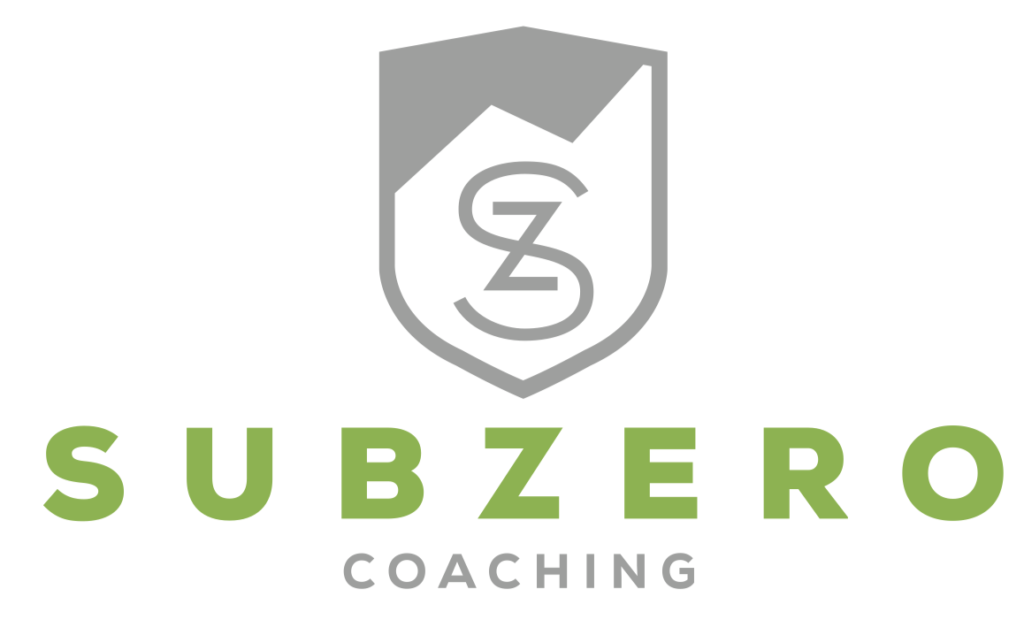Ski Instructors Common Training Test Update

Ski Instructors Common Training Test Update
In September 2019 we attended the meeting at the European Commission in Bruxelles, concerning the implementation of the Common Training Test for ski instructors in Europe.

What is the Ski Instructors Common Training Test (CTT) ?
The CTT is a standard procedure for many professions around Europe, used to create mutual recognition of a qualification amongst different countries. In the case of ski instructors this means passing a similar exam of the old Eurosecurite as well as the equivalent of a new Euro Test. We have written about these tests in a dedicated article in May, when the EU Commission legislated in this sense.
The September Meeting
This September the European Commission gathered the coordinators of each nation for the recognition of professional qualifications. Just to give an idea on the daily agenda of the European Commision, it was the turn of architects in the middle of that morning for a similar procedure.
For what concerns ski instructors, the President of the Commission, Fabian Junge opened the meeting with a statement, reminding participants (almost all EU nations were there, with very few exceptions) that the Ski Instructors Common Training Test is already a law, so the aim of the meeting was not to discuss whether this needed to be changed or not, but rather how to implement it moving forward. The President also reminded that the CTT is a compromise amongst parties, as such it might not be seen as perfect by everyone, but this is what a compromise is and this is how Europe works. 
Main topics of the day:
- clarify the relationship between the CTT and PQD (Professional Qualification Directive) and the CTT core elements
- Sharing of responsibilities between Commission, Member States and ski instructor associations
- Implementation suggestions
Core Elements of the CTT
During the presentation give by the board a few points were remarked. The commission reminded that the CTT is one way of facilitating mobility of ski instructors. It is a voluntary framework for automatic recognition, whose scope is limited to the list of qualifications in Annex I.
Annex I is the list of qualification the Commission and the participating nations have gathered in order to offer a guarantee of grandfather rights to those already in possession of the “full certification” prior to the new law.
The Commission also reminded that the CTT or acquired rights are to benefit from automatic recognition from the hosting country, which does not need to further check the qualification of the professional.
Automatic recognition => no check of qualification by host member state
Interplay with the PQD
The Commission reminded that the General regime for recognition under the PQD continues to apply.
So the recognition procedure must be case-by-case assessment taking into account qualifications and experience (CTT cannot be imposed by default on incoming professionals). As well, substantial difference between the training of the incoming professional and the national training leaves space for compensation measures to be required by a hosting nation. Though, substantial differences are not formalistic criteria, e.g. length of training or specific ways of education or passing a specific test and work experiences can compensate substantial differences. So far this is intended for the qualifications listed on Annex I, so fully certified instructors prior to May 2019.
Implementation of IMI
IMI stands for the Internal Market Information System, which is a platform the European Commission and state members use to store the database with qualifications achieved by professionals in many different working categories.
This is a “…centralised platform which can be used decentrally by the competent entities”.
As the use of the IMI module provides “easy access and processing for competent entities” and “traceability and legal certainty for professionals”.
Every entry will have a unique reference and will create a digital trace as proof. This mean each instructor attending the CTT or with grandfather rights will have a profile listed on the EU platform, with a code number to correspond to his/her qualification status. This way, in the future there will be no further need for stickers of any sort, as the database is accessible remotely with just internet connection. The instructor might just need to have a valid document to prove identity and the correspondent IMI number.
It is up to the Member States to decide which authorities or bodies shall have access to the IMI module and notify COM.
Application of the Ski Instructors Common Training Test
In order to participate, each ski instructor must applies for participation in a technical or safety test to an organising entity. The organising entities are free to decide how to arrange this, which most possibly will be just by following current practices. Once the professional succeeds in the Test the organising entity creates an entry in IMI confirming success. It is interesting to note the Commission specified that only positive results will be recorded on the platform, as negative ones do not concern nor represent proofs of any kind. The same procedure applies if the candidate has exemptions of any kind, it being FIS points of already acquired tests, as stated in the law.
The IMI System as we saw it
During the meeting the Commission has also given a preview of how the IMI page for ski instructors might look like.  Even though the developer was open about making changes tailored upon the participants requests, what we saw was already pretty convincing. Quite simply, each nation can upload a profile of the professional, filling out the boxes and register the success on each part of the CTT. A number is issued, for the professional to keep, either on the card, on the phone or just by heart, so that it can be provided for checks in the future.
Even though the developer was open about making changes tailored upon the participants requests, what we saw was already pretty convincing. Quite simply, each nation can upload a profile of the professional, filling out the boxes and register the success on each part of the CTT. A number is issued, for the professional to keep, either on the card, on the phone or just by heart, so that it can be provided for checks in the future.
Q&R from the Nations
During the question time that followed the Commission’s presentation, nations such as Slovenia, Latvia, France, Austria, Italy and Germany took to the floor to ask questions.
Many nations seemed very keen on the use of the sticker at least for the near future, even though an internet based system makes the use of a card or a sticker obsolete. The main objective posed by some member states was the difficulty to register thousands of members onto the platform in due time for the upcoming winter.
Austria, later backed up by Germany, called for transparency in the organising of the new Euro Tests. France, Austria and Germany called for the creation of a calendar, in order to guarantee order in the upcoming season.
Following the requests from the floor the Commission decided to run two parallel systems for the near future.
New professionals taking the tests this winter will need to be registered on the IMI platform, while a Stamp will be issued to instructors who have already achieved the full status. This is to give time to all nations to register their professionals onto the IMI platform that should (we suppose) be completely up and running as well as sticker free, for the following season.

Ski Instructors Common Training Test Update
Subzero Coaching is a sport coaching company specialised in Ski Instructors Education. We are based in Zermatt, Switzerland. Where we run winter courses for professionals towards the Level 3 ISIA Stamp as well as the Level 4 Full Certification. Our Coaching Team comes from different backgrounds and associations. Enabling us to provide excellent training to instructors belonging to different education systems.
One to one coaching, Race training camps and much more are also available for professionals looking to develop further in their pathway.
Through the collaboration with ski schools in Europe and across the world we are able to provide job opportunities during our courses as well as towards a future career beyond the time with us.
Courses also run in the Summer and Autumn, in ski domes across Europe and Glaciers in the Alps.
Ski Instructors Common Training Test